Mysore – The City of Palaces and Srirangapatna
Give me a choice between Bengaluru and Mysore, and I will choose Mysore – the City of Palaces! It’s just because Mysore has so much history to rewind upon. The heritage sites around Srirangapatna can keep one busy for an entire day. Mysore has a flavor of everything, be it heritage, wildlife, palaces, temples, churches and more … Thanks to the close proximity from Bengaluru, I have driven to Mysore many a times.
Known as the city of palaces, Mysore is a popular tourist destination. To name a few Mysore is famous for its Silk, heritage town Srirangapatna, Brindavan Gardens, St. Philomena Church, Chamundi Hills, Mysore Pak (sweet) and of course the Royal Palace. The Mysore Dasara procession which lasts 10 days attracts tourists from all over the world. It is worthwhile visiting the Devaraja market famous for its flowers and fruits. In addition one can shop for silk saris, spices, oils and incense.
Listed below are attractions one must not miss when visiting Mysore:
City of Palaces:
The royal family (Wodeyars) built five palaces in Mysore thus giving it a name ‘City of Palaces’. Out of the five palaces, Mysore Palace is the most popular and frequented by the tourists.
Mysore Palace (Amba Vilas Palace):
Built between 1897-1912, the Mysore Palace is a three storied structure in Indo-Saracenic style. It has beautifully designed square towers at cardinal points, covered with domes. The stained glass, decorated ceiling, sculpted pillars and tiled flooring are a treat to watch. Intricately carved doors, the elephant seat, paintings, the jewel encrusted golden throne are amongst the palace’s other treasures.
The 3D paintings by Raja Ravi Varma which stare from every angle are not to be missed! Likewise the bronze leopards positioned outside the Mysore Palace. The lighted palace is a must see late in the evening.
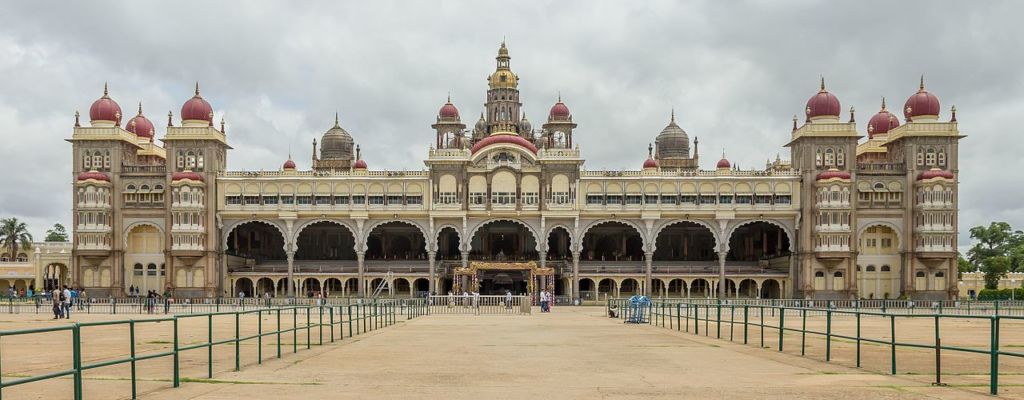
Jaganmohan Palace:
This palace served as the residence of Mysore ruler – Krishnaraja Wodeyar for 15 years. Built in 1897, the Royal family shifted here as the original palace was destroyed in the fire. This palace is not as grand as the Mysore Palace, however has beautiful carvings of the Dashavatara on both sides of the main door.
The carvings on the walls of this palace showcases the royal history of the Mysore Royal family with murals of the Dasara procession. This palace was later on converted to an art gallery. This palace houses many exquisite paintings of world’s greatest artists and many from India too. Hence this palace is a must cover if one is an art lover.
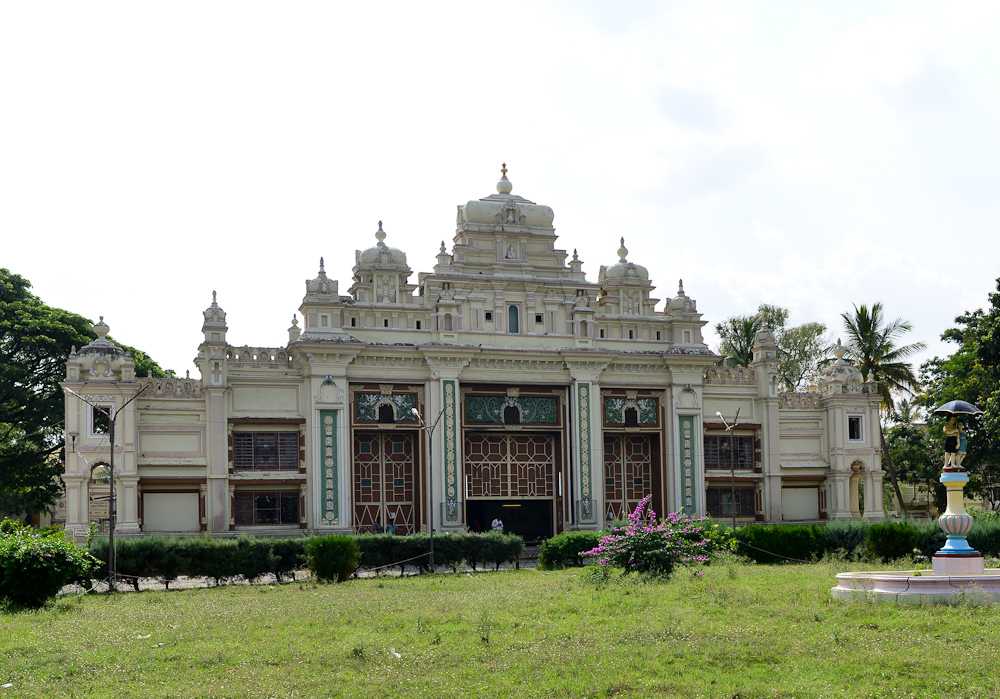
Rajendra Vilas Palace:
Located atop Chamundi Hill is Rajendra Vilas Palace. This was the summer palace of the royal family. Built in 1822, Krishnaraja Wodeyar was taught English and Philosophy in this building. A grander palace although smaller was built in 1939.
Converted into a hotel for a period of time, this palace eventually closed down. This palace stands neglected today. The reason behind the downfall or bad luck is the architect’s ignorance over a priests advice. Building the palace at a greater height than the temple tower was thus a mistake.
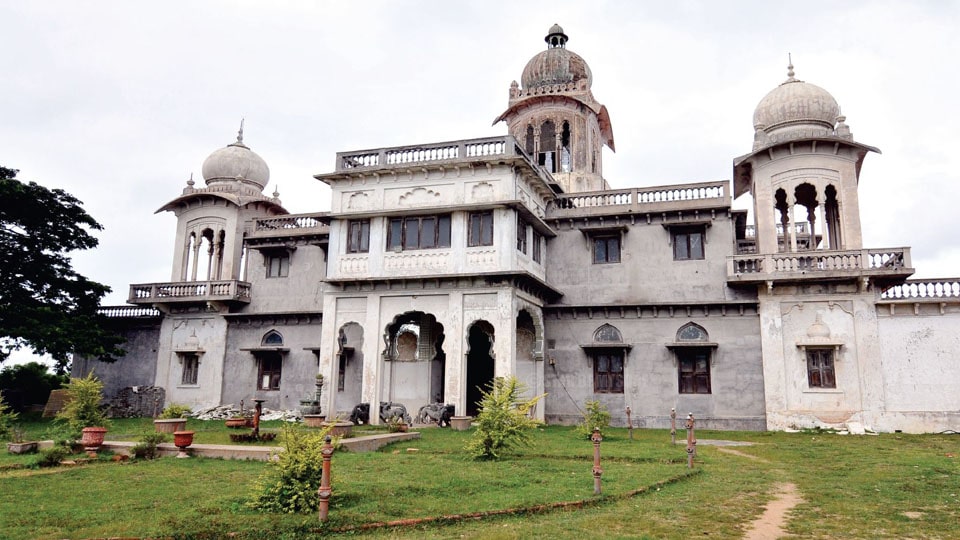
Lalitha Mahal Palace:
Built in 1921, Krishnaraja Wodeyar had this palace made for the exclusive stay of Viceroy of India. As a guest house, this palace entertained European guests. This palace resembles St. Paul’s cathedral in London and white in color. Over a period of time, this palace was converted to a heritage hotel.
Despite the conversion to a hotel, this palace still retains its heritage. It won’t be a bad idea to stay overnight in a palace! Having lunch or dining there is not a bad idea either!
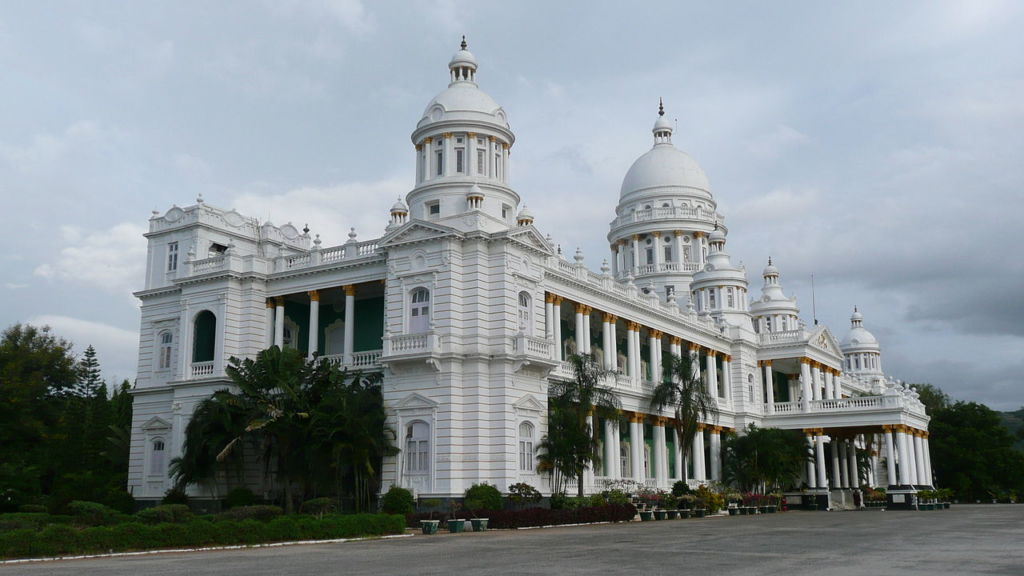
Jayalakshmi Vilas Palace:
Built in 1905, Chamarajendra Wodeyar made this palace for his eldest daughter who was getting married to the Dewan of Mysore. This heritage structure now has an archaeological, folklore and general museums.
Although restored in 2006, this palace still retains its rich heritage with decorated roofs, stained glasses, dancing hall, wooden floors and kalyana mantapa. An art lover must visit this place.
St. Philomena Church:
Built as a small church in 1840, this church was rebuilt by Krishnaraja Wodeyar in 1941 for its European residents. Dedicated to Saint Philomena, this Neo-Gothic styled church is one of the most distinctive landmarks of the city. The twin towers of this church are 175 feet high and therefore visible even a km away!
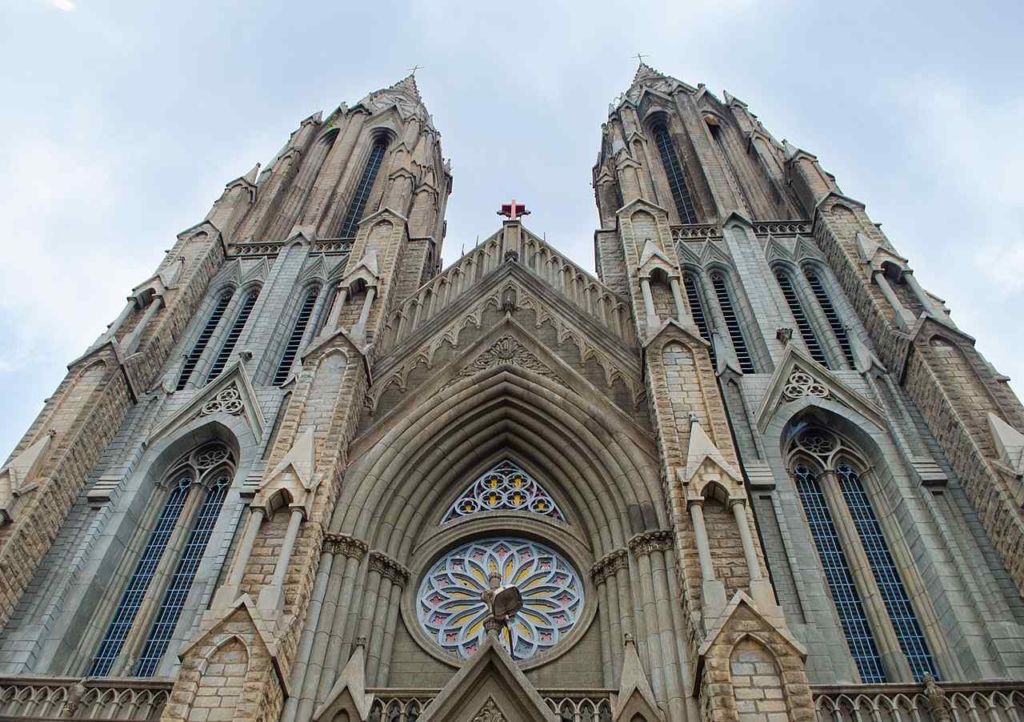
Chamundi Hills:
Chamundi Hills is famous for its Chamundeshwari temple. As per Mythology, Mahishasura a buffalo faced demon was wrecking havoc in both heaven and earth. Blessed with a boon from Lord Brahma, a man could never kill Mahishasura. The Gods found this loophole worth to exploit and sent Goddess Durga (Chamundeshwari) to fight Mahishasura.
It is believed that the battle took place atop Chamundi Hill resulting in Mahishasura’s death. The towering statue of Mahishasura outside Chamundi temple is a popular photography point. Mahishasura is seen holding a sword in one hand and a serpent in another. The last time I visited this place, we trekked all the way up. There are 1008 steps that lead to the top of the hill with a large Nandi halfway up.
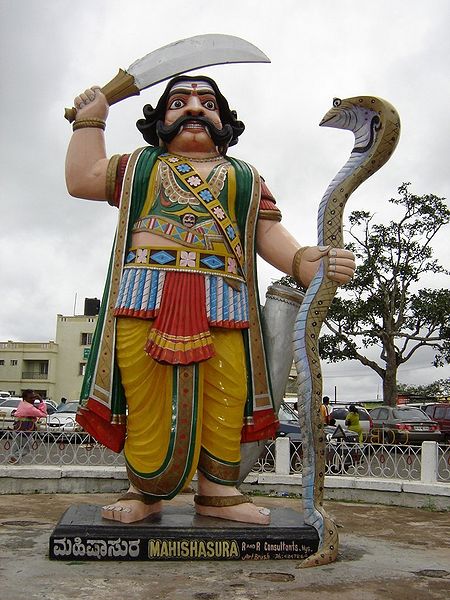
Sri Chamarajendra Zoological Gardens:
Also called as Mysore Zoo, this is one of the oldest and largest zoo in India. Chamarajendra Wodeyar built this zoo in 1892 over an area of 10 acres. The expansion of the zoo over the years resulted in an area of 157 acres. This zoo has large number of Indian species (animals and birds) in addition to exotic ones. The zoo has added many animals and birds from various zoo’s across the world as a part of the exchange program. The latest addition being Anacondas from Sri Lanka.
Brindavan Gardens
Adjoining the KRS dam is Brindavan Gardens – one of the finest terrace gardens. Built in 1932 and spread across an area of 60 acres, the Brindavan Gardens comprises of water fountains, flowering plants, trees and foliage plants. It is popular for its musical fountain show in the evenings. The Brindavan Gardens used to be a regular feature in many a movies a few decades back.
Heritage town – Srirangapatna:
Tipu Sultan – The Tiger of Mysore:
Srirangapatna was the capital city under the rule of Tipu Sultan and his father Hyder Ali. Called as Tiger of Mysore, Tipu Sultan was born in Devanahalli in present day Bengaluru. During his rule, Tipu Sultan was a thorn for the British East India Company. He fought many a battle with the British and the Marathas. He certainly was a terror to the people of Southern India as well.
Tipu Sultan built an indigenous rocket known as ‘Mysorean rocket’. He used it successfully to fight the British. The breach of water gate of Srirangapatna fort in 1799 led to the death of Tipu at the hands of the British. The British then used Tipu’s rocket as a blueprint to develop the ‘Congreve’ rockets used in the wars against Napoleonic France !
In addition to the rockets, clothes and shoes, the British also took away the sword of Tipu Sultan. The Indian tycoon Vijay Mallya later won the sword back in an auction.
Daria Daulat Bagh:
Built in 1784 AD by Tipu Sultan, Daria Daulat Bagh is known as Tipu’s Summer Palace. Made with teak wood, this palace has a distinct Indo-Saracenic style. Converted into a museum, the Daria Daulat Bagh palace houses several of Tipu’s memorabilia.

Gumbaz:
Initially built as a burial chamber for his father (Hyder Ali), the Gumbaz houses the tombs of Tipu Sultan’s family including himself (Tipu). The inner chamber has tombs of Tipu Sultan and his parents. The chamber has latticed windows which let in light. Outside the chamber are several tombs of other family members.

Jama Masjid:
Built by Tipu Sultan in 1786-87, the Jama Masjid is located close to Bangalore gate of Srirangapatna fort. This mosque has a pair of impressive minarets. On top of the minarets are domes. The minarets have openings which are mostly occupied by pigeons. It is tough to miss this structure and is worth stopping by.

Ranganathaswamy Temple:
Consecrated in 984 AD, this temple sports the deity of Lord Vishnu in a resting position under the head of a serpent (Adisesha). Hence the name of the temple Ranganathaswamy (Vishnu in resting pose). The temple has large scale pillars and carvings around the temple. This temple is an important shrine for Vaishnavites. Not far away from the temple is the Kaveri river that flows by.

Bailey’s Dungeon:
Located close to Ranganathaswamy temple is Bailey’s Dungeon. Tipu Sultan used to chain the British war soldiers in this dungeon. Captured by Tipu Sultan, Colonel Bailey breathed his last in this dungeon. Hence this dungeon named after Bailey. Close to this dungeon is the death place of Tipu Sultan.

Ranganathittu Bird Sanctuary:
Located close to Srirangapatna is the Ranganathittu Bird Sanctuary. This sanctuary is the largest in the state of Karnataka. It is a popular place for its flora and fauna. In addition to the migratory birds, one can see mammals and reptiles too. The boat ride at Ranganathittu is quite popular one provides one with an opportunity to spot otters, crocodiles and birds.
Nimishamba Temple:
Located close to the banks of river Kaveri is Nimishamba temple. Dedicated to Goddess Parvathi, many devotees pay a visit to this temple in Srirangapatna. As per belief, the Goddess of the temple solves the devotees problem in a minute. Hence the name Nimishamba, Nimish meaning a minute and Amba being another name for Goddess Parvathi.
All in all, if you are visiting Bangalore one must visit Mysore for all the reasons mentioned above! Not to forget, do stop by and shop for original Mysore silk.
Best time to visit Mysore
The best time to visit Mysore is between the months of October to February.
How to reach Mysore ?
By Air:
Bangalore which is 170 kms away is the nearest airport from Mysore. One can hire a private vehicle and cover Mysore.
By Rail:
Trains from Bengaluru regularly ply to Mysore. One can take an express train (Shatabdi) for a comfortable and quick journey.
By Road:
Buses from Bengaluru regularly ply to Mysore. There are numerous buses (govt. and private) which ply to Mysore. Mysore has good roads to most cities in southern India. Mysore is about a 3.5 hours drive away from Bangalore
For more such experiences, check out the historical places to visit in India. And in case culture is of your interest, check out the best tourist places to visit in India.
In case you are keen on traveling to Mysore, you could take a look at the itinerary of Karnataka.
India is not just about history. In fact, there are many more facets to this ancient land – culture, spirituality, mystery, nature, wildlife and so on. Check out the holiday and tour packages representing the different facets of India travel.

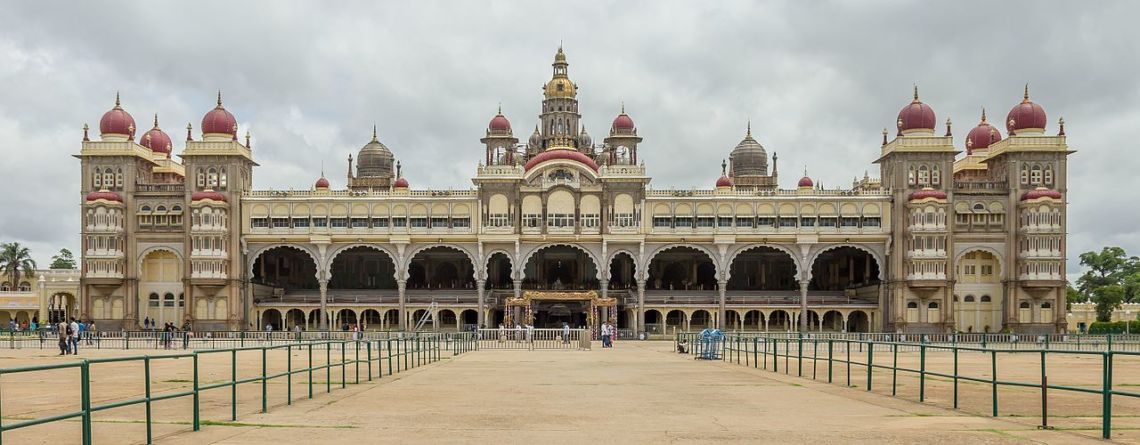
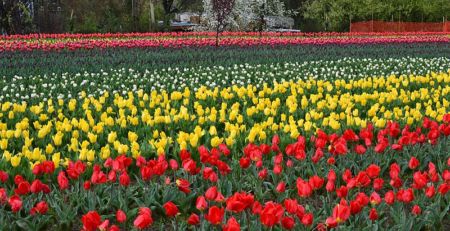
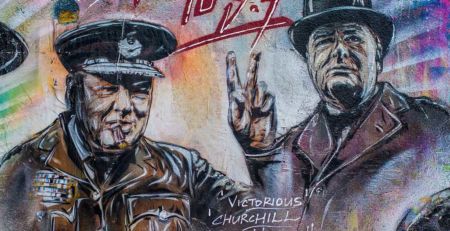
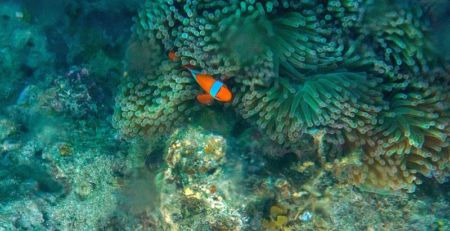


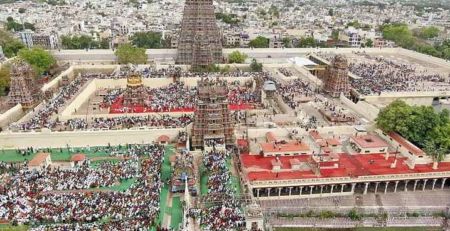
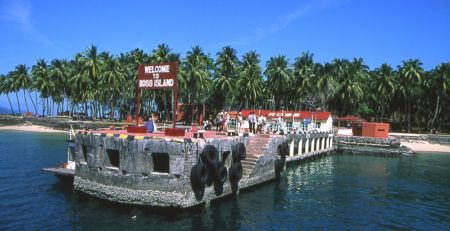
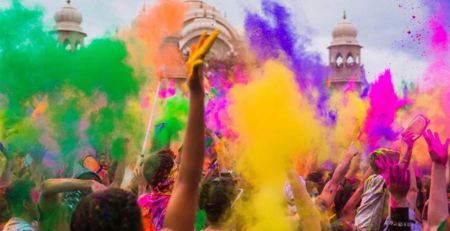

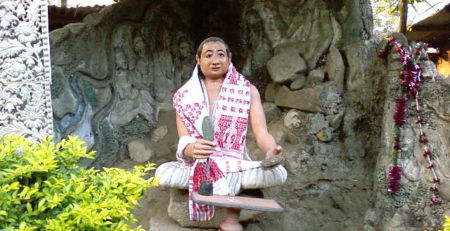
Leave a Reply